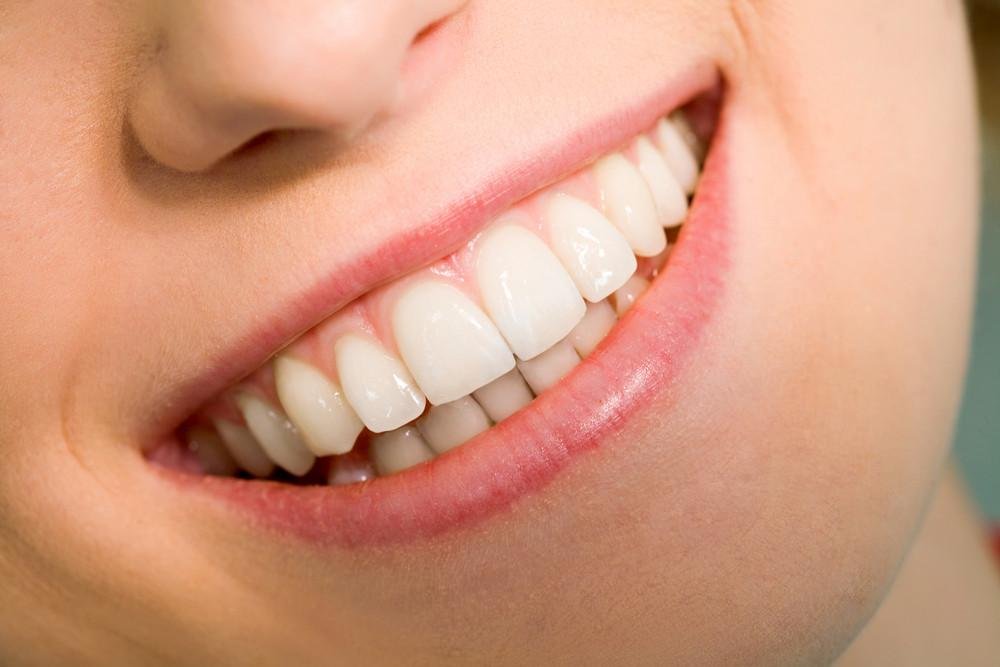The health of your mouth reflects the habits you practice all day long. Every sip and bite changes the chemistry around your teeth, either feeding cavity-causing bacteria or helping enamel recover between meals. A smart diet supports saliva, keeps acids in check, and delivers the minerals gums and teeth need to stay strong. When you align what you eat with how teeth actually break down and rebuild, you make brushing and flossing far more effective and reduce the likelihood of costly dental work later.
How Diet Shapes What Happens On Your Teeth
Tooth decay is driven by time spent in an acidic environment. When mouth bacteria ferment sugars and refined starches, they release acids that dissolve enamel minerals. The more frequently you snack on sweets, sticky carbs, or sweetened drinks, the longer those acids sit on tooth surfaces. Spacing meals, limiting sugary add-ons, and finishing with water helps shorten acid exposure. Over days and weeks, that shift reduces the chance that tiny soft spots become cavities.
Hydration Keeps Saliva Working For You
Saliva neutralizes acids, delivers calcium and phosphate back to enamel, and washes away food particles. If you are under-hydrated, your mouth stays drier and acids linger longer after meals. According to UpToDate, a clinical decision support resource, the minimum daily water requirement on a typical diet is estimated at around 500 mL per day when there are no extra losses. Using water as your go-to drink between meals supports saliva flow, helps rinse sugars off teeth, and curbs the urge to sip sweet beverages that prolong acid attacks.
Rethink Sugar: Frequency Beats Quantity
It is not only how much sugar you eat, but how often you expose your teeth to it. Nursing a soda for an hour, or grazing on gummy snacks, keeps acids high far longer than a quick dessert with a full meal. Aim to enjoy sweets right after eating, then drink water, chew sugar-free gum for a few minutes to stimulate saliva, and give your enamel a break. These small timing changes protect tooth surfaces without demanding a joyless diet.
Eat To Rebuild: Minerals, Fiber, and Protein
Your teeth need building blocks. Calcium- and phosphate-rich choices like dairy or fortified alternatives, coupled with protein, support enamel repair after acid challenges. Crunchy vegetables and high-fiber fruits scrub lightly and prompt saliva flow, while vitamin C from produce helps keep gum tissue resilient. Balanced plates that feature produce, lean proteins, and whole grains satisfy hunger and reduce the drive to snack on sweets throughout the afternoon.
Professional Prevention Works Best With The Right Diet
Home care and food choices prime your mouth for success at the dentist. Regular cleanings remove hardened plaque you cannot reach, spot early enamel changes, and guide fluoride use tailored to your risk. According to the American Dental Association, there were about 202,536 professionally active dentists in the United States in 2022, underscoring how accessible preventive care can be when you plan ahead. When you pair consistent checkups with diet habits that limit acid exposure, you stack the odds in favor of long-term oral health.
A Large Care Network Reflects High Demand
The scale of dental services also shows how common prevention and treatment needs are. According to IBISWorld, the United States had roughly 181,469 dentist businesses in 2023. That broad network means you can compare practices, ask about prevention-focused approaches, and choose options that match your goals and budget. It also highlights why steady, diet-driven prevention saves time and money compared with avoidable procedures.
Everyday Moves That Pay Off
Start meals with water, and keep sweet drinks as short, occasional treats rather than all-day sips. Build plates around protein and produce so you leave the table satisfied, then finish with a quick water rinse. Reserve sticky candies and dried fruit for mealtime, not between meals, and pack crunchy snacks like apples, carrots, and nuts to reduce constant sugar exposure. At night, brush with a fluoride toothpaste, floss, and avoid bedtime snacks that feed bacteria for hours while you sleep.
Make It A Family System
Kids model what they see, so set up simple routines everyone can follow. Keep water bottles handy, place cut fruit and vegetables at eye level in the fridge, and limit the number of sugary items in the pantry. Involve children in choosing one new produce item each week, and teach them to sip water after treats. Consistency at home makes dental visits easier and reinforces the idea that food choices are part of caring for your smile.
Great oral health is not luck. It is the result of steady choices that shorten acid exposure, support saliva, and deliver minerals to enamel while keeping gums healthy. When your daily diet aligns with how teeth stay strong, brushing and flossing go further, breath stays fresher, and appointments become more about maintenance than repair. Build a few reliable habits, repeat them, and let time work in your favor.



